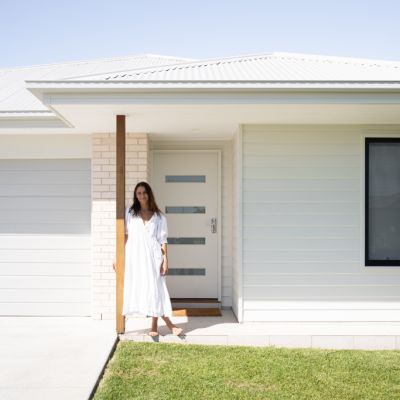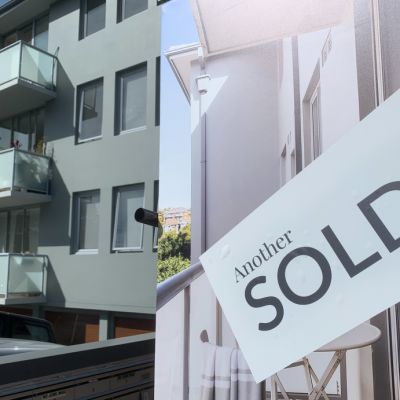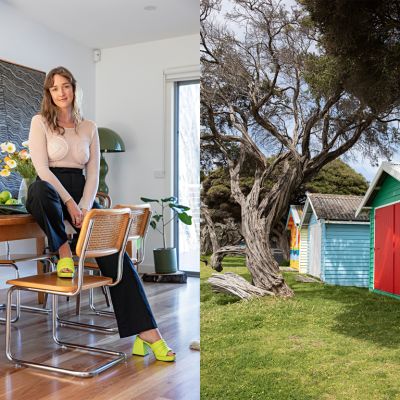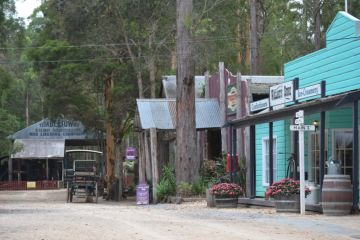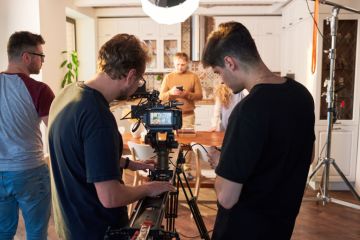'Nothing's ever a sure thing': How a mathematical formula helped this buyer purchase his home
Joseph Moon, owner of Moon Building Group, bought his home in the trendy inner-Melbourne suburb of Thornbury in April 2019. At the time he was renting nearby and planning to renovate a property he owned on the surf coast, until he realised it made more sense to live nearer his work in the city and invest in a beach house down the track. Moon couldn’t have predicted that the pandemic would come along and drive up property prices everywhere (including on the coast), but says it’s all worked out for the best. He used some sage advice and a mathematical formula he devised himself to calculate how to get the most land for his buck.
Here are some of the things Moon has learned on his home-buying journey.
It’s never a bad time to buy
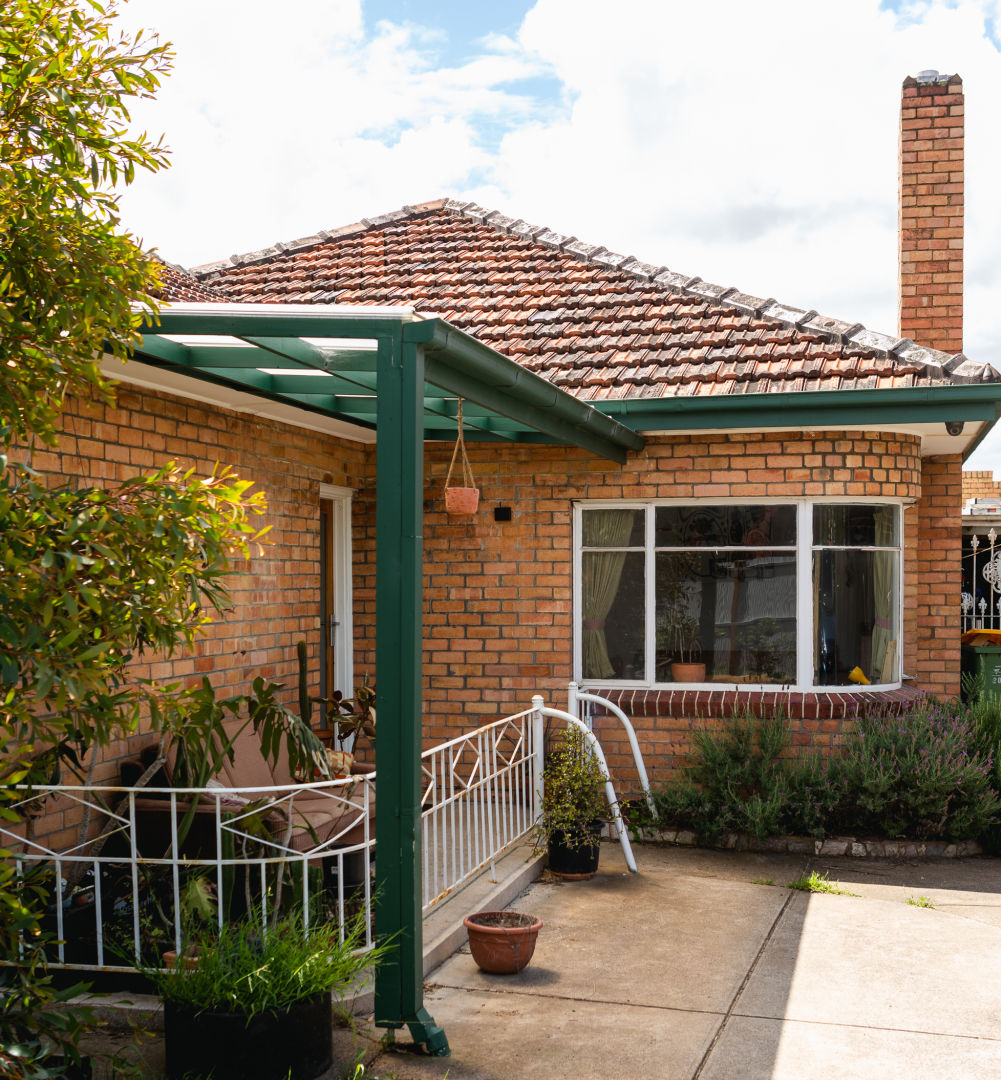
I’ve always been taught that unless you’re planning on selling the house in the next few years, it’s never a bad time to buy.
The house I bought went to auction on the night of the federal election in 2019, when everyone I knew thought that Labor was going to be voted back in and introduce property policies that would bring house prices down. So, people were hesitant to buy and the house got passed in. Of course, Labor didn’t win and then the pandemic hit, so it was lucky I didn’t hesitate in making an offer.
Land appreciates while buildings depreciate
I’ve learned from the property industry that anything you build on your land requires that you pour money into it, but meanwhile your real asset is the land. They’re not making more land! So, I decided that I wanted to buy as much land as I could as close to the Melbourne CBD as possible.
I started a spreadsheet where I would enter an available house’s address and the price I thought it would sell for, then divide that by how many square metres the block was, which would give me the square metre value of the land. At the time there were places in North Fitzroy selling for $12,000 per square metre, and there were places in Preston that were selling for $4000 per square metre. The rate for the property I bought was around $1550 per square metre. It was by far the best-value house I could find in Thornbury.
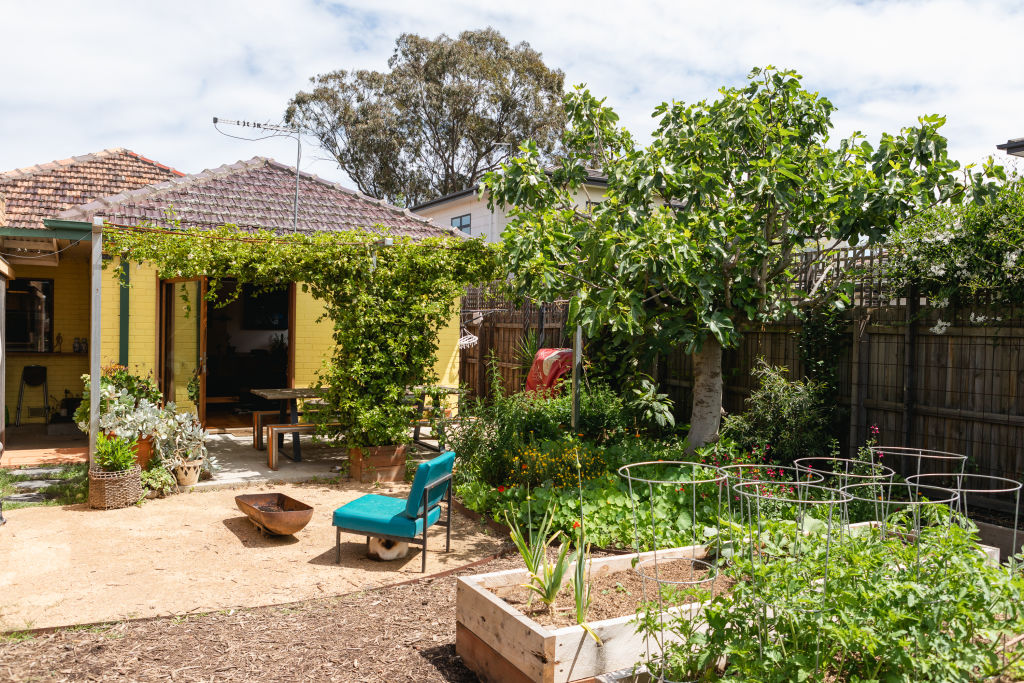
Look beyond the cosmetics
The house had some flaws, but being a builder meant I could see they were mostly cosmetic. There was some cracking in the brickwork, for example, but no major problems. It also didn’t bother me that the house was on a main road, because I knew I’d be allowed to build a nice, tall fence (which would keep the pets in and give us more privacy).
Before I purchased the house I had a plumber come through and we discovered the existing drainage wasn’t in good working order – but I was able to use that as a negotiating tool when purchasing. It’s a great idea to have tradespeople inspect the building with you.
Instead of seeing the flaws, I saw a house on a large piece of land with a good aspect that could be renovated without spending hundreds of thousands of dollars (plus it had a garage, which I’d always wanted).

You don’t have to renovate everything at once
When I bought my first house, I spent money I probably couldn’t afford on grandiose architectural designs and renovations. This time around, I asked myself what I could achieve with my limited resources. And when more resources became available, then I was able to get a new dishwasher or fridge or whatever it was. I built my kitchen in two halves, 12 months apart.
Another approach is to live in the place for three or four years in its current state and then save up or refinance and try to draw down on the loan, which creates equity you can then reinvest back into the place.
It’s worth putting pen to paper and speaking to someone who can advise you on a good long-term strategy for the place – but then work out how you can break those improvements down into more manageable chunks. Even just renovating one bathroom can be really great.
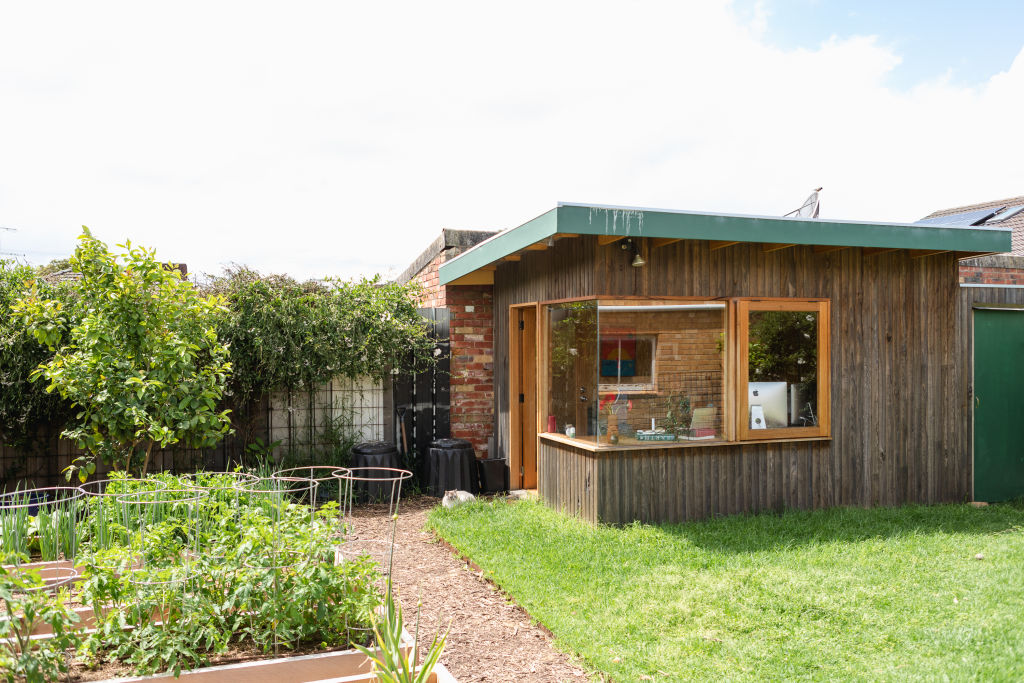
Nothing’s ever a sure thing
When I sold my house on the coast, I assumed I’d be able to get back into the coastal market in a few years. At the time, houses down at the beach were a lot more affordable than houses in the city. But, of course, the pandemic happened and coastal property prices skyrocketed.
And then there is the interest rates situation. I was virtually ready to start renovating my garage, but now I want to make sure interest rates aren’t going to hit 10 per cent before I borrow any more money. Having said that, I’ve always budgeted on much higher interest rates than what they are currently. That’s a good thing to remember when buying a house: even if the Reserve Bank says interest rates are not going to rise, they very well might. Nothing’s ever a sure thing!
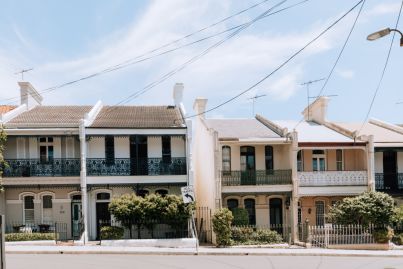

We recommend
States
Capital Cities
Capital Cities - Rentals
Popular Areas
Allhomes
More
- © 2025, CoStar Group Inc.
